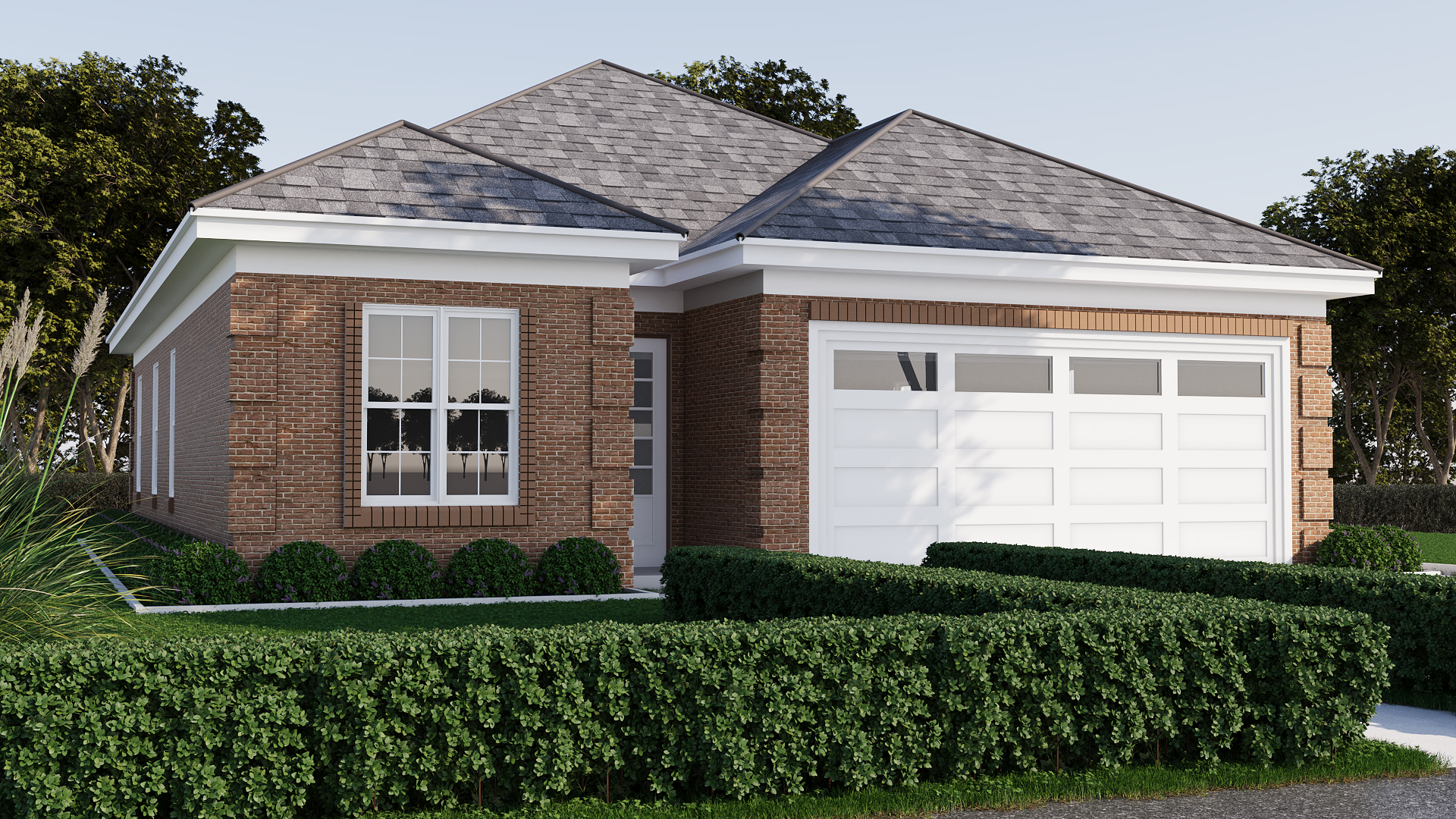
3D Renderings in Real Estate: The Key to Better Communication with Buyers and Investors
In the modern real estate market, visual appeal and clear communication are vital to capturing buyer and investor interest. One powerful tool has become essential in bridging this communication gap: 3D renderings. These digital images offer realistic, immersive views of properties that go far beyond traditional photography or architectural drawings, helping potential buyers and investors understand the value and potential of a property long before its completion. From enhancing buyer trust to speeding up decision-making, 3D renderings have become a central asset in real estate marketing.
Let’s explore how 3D renderings improve communication with buyers and investors, making real estate transactions more transparent and engaging.
1. Bringing Design Concepts to Life
Unlike two-dimensional plans or sketches, 3D renderings offer highly detailed, realistic representations of a property. Buyers and investors can clearly visualize room layouts, lighting, materials, and finishes in a way that’s much closer to real life. For off-plan or pre-construction properties, these visualizations enable stakeholders to see exactly how a space will look upon completion, building confidence in the project and helping them make informed decisions.
For example, a 3D rendering of a kitchen can showcase its flow, spatial arrangement, and even subtle details like countertop finishes or appliance placements. This clarity helps viewers feel as though they are actually inside the property, establishing a sense of comfort and excitement that no blueprint could provide.
2. Creating Emotional Connections Through Visualization
In real estate, emotional connections are crucial. When buyers or investors feel a personal connection with a property, they’re more likely to proceed with a purchase or investment. 3D renderings provide this emotional engagement by showing the property in a way that invites the viewer to imagine themselves within the space.
For buyers, visualizing the ambiance of a cozy living room, the elegance of a master suite, or the potential of an open terrace can be emotionally compelling. For investors, these visualizations provide a sense of the property’s unique value and appeal, helping them see how the project could resonate with its target market. This connection not only fosters trust but also speeds up the decision-making process, as clients feel more certain of their choices.
3. Improving Transparency with Customizable Design Options
One major advantage of 3D renderings is their ability to show various design options, giving buyers and investors greater transparency into the project’s potential. For example, they can view different color schemes, materials, or layouts with a few simple adjustments, helping them understand how different choices might impact the final look and feel.
By allowing for customization and flexibility, 3D renderings ensure that stakeholders feel involved in the design process. For high-end buyers who may want personalized interiors or unique features, the ability to see different configurations can be instrumental in building trust and satisfaction.
4. Enhancing Communication Across Stakeholder Groups
Real estate transactions often involve a range of stakeholders, including developers, architects, contractors, buyers, and investors. 3D renderings serve as a universal visual language, bridging the communication gap between these groups. Instead of interpreting technical blueprints, everyone can view and discuss the same detailed visuals, making meetings and consultations more productive and efficient.
For buyers, 3D renderings clarify aspects of the property that they might not fully understand from architectural plans alone. For investors, these renderings provide an intuitive overview of the property’s layout, features, and potential appeal, making it easier for them to assess the project’s market viability. This shared understanding among stakeholders fosters stronger relationships, builds trust, and ensures everyone is aligned on the vision for the project.
5. Attracting Remote Buyers and Investors with Digital Tours
Today’s real estate market often extends far beyond local buyers and investors. Remote stakeholders, especially international clients, may have limited opportunities to visit properties in person. With 3D renderings, they can explore properties digitally and in great detail, regardless of location. Interactive 3D tours or virtual reality options allow them to “walk through” a property virtually, examining each room, viewing amenities, and understanding the property’s layout as though they were actually there.
For luxury and high-value properties, remote visualizations can be the key to attracting international buyers and investors, significantly expanding a property’s reach. By providing these potential clients with an immersive experience, real estate professionals can help them form a personal connection to the property, even from a distance.
6. Helping Investors Visualize ROI Potential
Investors are ultimately focused on return on investment, and 3D renderings provide essential information for assessing a project’s profitability. By offering detailed renderings of both interiors and exteriors, stakeholders can visualize the property’s appeal to its intended market, making it easier to estimate demand, pricing, and other key metrics.
For instance, a rendering that highlights a property’s outdoor space, communal amenities, or eco-friendly design features can showcase unique selling points that resonate with specific buyer demographics. When investors can see the property’s value potential clearly, they are more likely to commit to funding the project, having a better understanding of how it will appeal to future buyers or renters.
7. Streamlining the Sales Process with Quick Decision-Making
By providing a clear, realistic view of a property, 3D renderings make it easier for buyers and investors to make quick, confident decisions. Buyers have a tangible understanding of what they are purchasing, minimizing hesitations or doubts. For investors, detailed visuals provide reassurance that the property meets the project goals and market expectations, helping them assess risks and potential returns more accurately.
The faster decision-making that 3D renderings enable can streamline the sales cycle, benefiting everyone involved. For agents, developers, and project managers, this efficiency means reduced costs and faster timelines, while buyers and investors experience greater convenience and satisfaction.

Conclusion
3D renderings have transformed the way real estate professionals communicate with buyers and investors, offering an essential tool for showcasing properties with clarity, detail, and engagement. From fostering emotional connections to facilitating remote access, 3D renderings provide a dynamic, immersive experience that accelerates decision-making, strengthens client relationships, and expands a property’s reach. For agents, developers, and investors looking to succeed in today’s digital-driven real estate market, embracing 3D rendering is no longer optional it’s essential.


